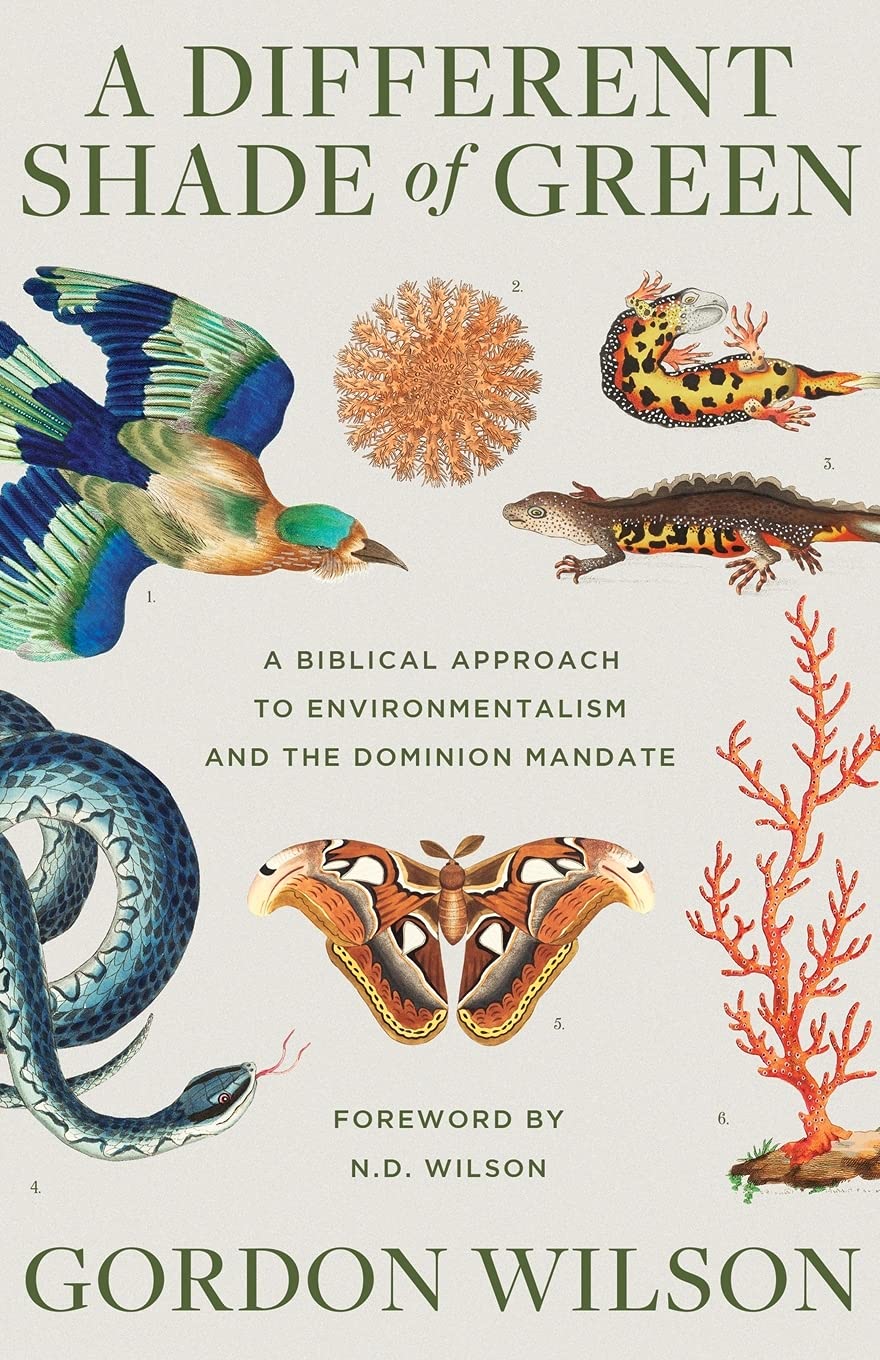Penguins are one of only two bird groups of which it is claimed they once flew but have since lost this ability. The other group of flightless birds is the ratites, which include the ostrich, the kiwi, the rheas, and the emu.
A major problem with the flight-bird-to-penguin evolution theory is the fact that penguins have so many non-bird traits that they “are everything a bird should not be” (Gilpin, D. 2007 Penguins. Paragon Books p. 6). Moreover, a common hypothesis is that energy conservation contributes to the evolution of flight loss, an idea supported by the fact that many flightless animals have low basal metabolic rates and low pectoral muscle mass. Penguins however, have neither low basal rates nor small pectoral masses (McNab, B.K. 1994. American Naturalist 144 (4) p. 628)
Non-bird Traits
One of many examples of a non-bird trait that penguins possess is that they do not have thin, hollow, light bones – as do all flight birds – but rather heavy, solid bones. These solid bones add to their dense body weight, a trait that is required to swim under water (Resnick, Jane P. 1997. Penguins. Kidsbooks p. 12). The Emperor Penguin weighs over 60 pounds (27 kg), the King Penguin weighs 35 pounds (16 kg), while the weight of most other birds is measured in ounces (or grams). The Little Blue or Fairy Penguin is slightly over one foot (30 cm), and the Emperor close to four feet (more than 1 m) tall, yet both are heavy for their size.
Furthermore, no bird can dive like a penguin or stay under water for as long as 18 minutes as can a penguin (Resnick p. 14). Birds spend most of their time in the air; penguins spend all their time in the water or on land, and none in the air. Birds have excellent vision in air; penguins have poor vision in air but excellent vision in water (Pettingill, O. S. Jr. 1975. Another Penguin Summer. Charles Scribner’s Sons p. 10). Birds have feathers; penguins have a thick waterproof, almost fur-like, covering.
Vestigial Wings
The major problem with the claim that penguins have vestigial wings is that it is demonstrably false. In fact, penguins have well designed flippers that enable them to achieve marvelous acrobatic feats both on land and in water. Their flippers have some similarity to wings but have a very different function and design than wings. The forelimbs are flattened and do not bend in the center as can a bird’s wing (Gilpin, p. 8; Carroll, R. L. 1988. Vertebrate Paleontology and Evolution. Freeman and Company p. 357). Also penguin hind limbs are short and located at their rear, allowing them to walk upright in a way that resembles human locomotion.
Their ingenious flipper design is a major reason why they are incredibly fast swimmers – their streamlined torpedo-shaped body can slice through the water so fast that, when swimming upwards vertically, penguins can shoot out of the water as high as six feet (2 m). Penguins are also extremely maneuverable in water, turning rapidly with grace. Although they waddle on land, they can speed slide on ice by lying face down and gliding forward like a sledder by pushing with their feet and flippers. There is also no evidence of wings being converted into flippers in the past. As Simpson concluded: “From their bones it is clear that all known fossil penguins walked and swam in the same queer ways as modern penguins” (Simpson, G. G. 1976. Penguins: Past and Present, Here and There. Yale University Press p. 71). And subsequent fossil discoveries have continued to support this conclusion.
Penguin Relationships
Ironically, the closest living relative of the penguins is currently believed by many to be the albatross, a bird that penguins do not physically closely resemble, but all other living animals are even more different (Gilpin p. 10). Penguins are physically closer to the now-extinct, flightless Great Auk than to any living bird. The problem evolutionists have is that, even though penguins are in many major ways very different from birds, they are even more different than all other known animals. They are a very unique animal, unlike any other living bird or mammal, and this fact makes it very difficult to fit them into any evolutionary scenario.
Another problem is 17 species of penguins exist that are morphologically very different in size, temperament, colouration, and other traits and inhabit very different climates, and no evidence exists of their evolution. They all belong to the family Spheniscidae, yet are very different, and no clear intermediates, living or fossil, have yet been found to link them (Pettingill p. 10).
Fossil Record
Penguins have an excellent fossil record, as would be expected considering their heavy bones that preserve very well. Another reason for their excellent fossil record is that a large number of penguins existed that lived in a very widespread area, from the Antarctic to the tropics in the southern Hemisphere. Simpson notes that, although we expect ancient penguins to be “decidedly more primitive” than those now living, instead what is found is “in some ways certain of the late Eocene penguins seem to be even more specialized, that is, less primitive, than those still extant” (p. 58). What the fossil record reveals is fully seventeen fossil genera, while only six are recognized today. Thus Carroll declared: “The fossil record demonstrates that penguins were more diverse in the Tertiary than in the modern fauna. The largest of all penguins, which was approximately 1 ½ m high, is known from the Oligocene and early Miocene” (p. 357).
Simpson admits that, although “a surprising number of … fossil penguins have been discovered and studied,” we have no evidence of their evolution – thus, we must rely on “indirect approaches,” which amounts to speculation. Simpson adds “the situation is not hopeless” because “indirect approaches can usually lead to a plausible theory” (p. 57). Yet Simpson admits that the earliest fossils show that the first known penguins: “were already completely adapted to the penguin way of life and had all the characteristics of the basic penguin plus some special characteristics of their own, different in the various species. At first sight that seems quite disappointing [to prove evolution], and so it is to some extent.” (p. 58-59)
Problems for Evolution
Emperor Penguins lay eggs like a bird but live in the extreme Antarctic cold. This creates major problems: the egg, if it rolls on the ice or is exposed to the cold wind, freezes within minutes, killing the embryo (Jacquet, L. 2006. March of the Penguins. National Geographic Society p. 52). However, exhausted from producing and laying the egg, the female must return to the sea or she will die. The egg must then be transferred to the male, who keeps it warm under a specially designed flap of skin between his feet and his stomach.
Transferring the egg to the male is no easy task, and to do so successfully the male and female must act in perfect synchrony. One misstep or hurried movement causing the slightest error, and the egg will freeze solid (Jacquet p. 54). Evolutionists have not even begun to speculate how this system could evolve. What would seem more likely to evolve is the selection of mating grounds that require a shorter trip to the sea, instincts that drive the male to fetch food for the female, and a system to allow the female to incubate the egg.
Many animals have enough physical and genetic similarities to other animals that a plausible evolutionary scenario can be postulated. With penguins, so many major differences exist between them and all other life forms, that postulating a plausible evolutionary theory of their origins has proved to be a critical problem for evolutionists. As a result, the bird-to-penguin evolutionary theory was proposed, but major, if not lethal, problems exist with this evolutionary hypothesis. Meanwhile, let us enjoy what we know of those amazingly designed creatures, the penguins.
Jerry Bergman
April 2009
Subscribe to Dialogue







